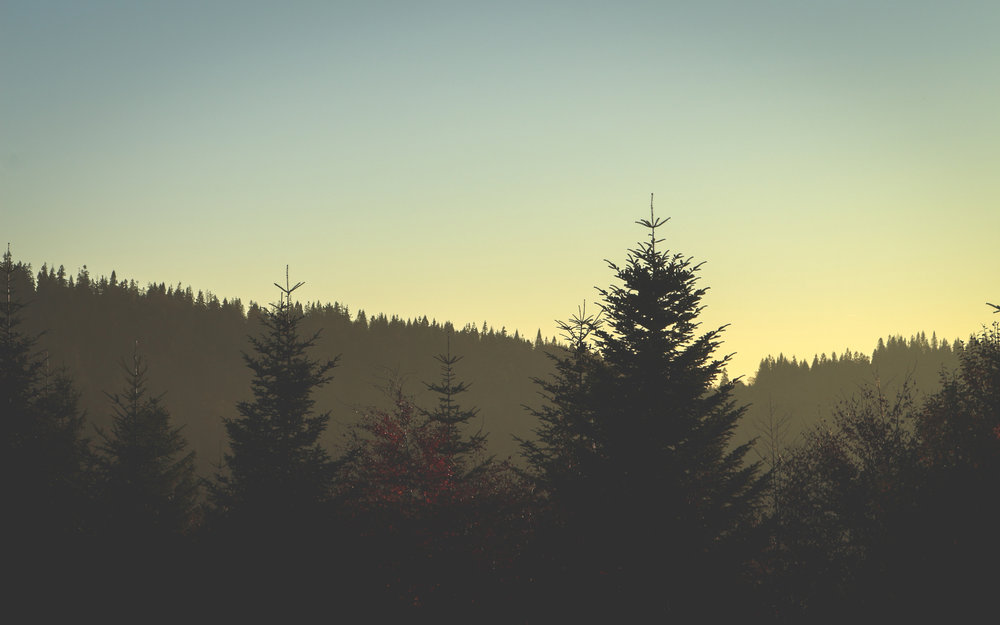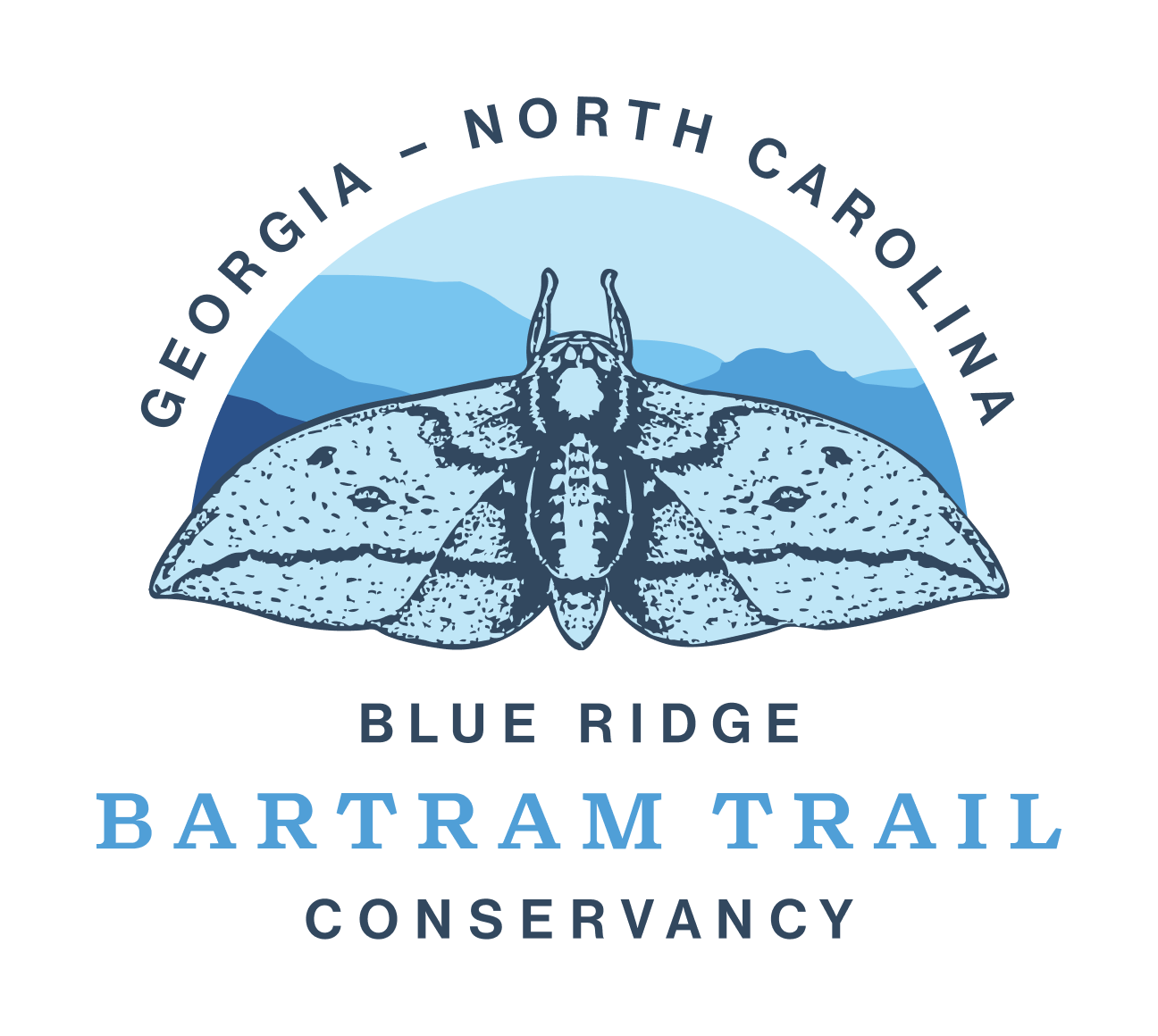
The Blue Ridge Bartram Trail Conservancy
Our Mission
- To recognize and honor the Philadelphia-born naturalist, William Bartram, who traveled through the southeast between the years 1773 and 1777, writing exact and vivid descriptions of the plants and animals he saw and the native tribes he encountered, and who published these writings in 1791 as Travels of William Bartram.
- To establish and maintain a 110 mile memorial trail, following a route as close as possible to Bartram’s original route through northeast Georgia and western North Carolina.
- To promote further inquiry and knowledge about the plants and animals of the southern Appalachians, as well as the traditions and culture of the native Cherokee people, which Bartram encountered on his travels here in 1775.
Our History
The Blue Ridge Bartram Trail Conservancy, formerly known as the North Carolina Bartram Trail Society was organized on November 1, 1977, by eleven North Carolina residents. It was the culmination of several years of dreaming, research, and planning. Among the leaders of this group were the late Walter G. McKelvey, Mr. Charles Moore, and Mr. Rowell Bosse, all of Brevard. Dr. J. Dan Pittillo, of Cullowhee, professor emeritus of botany from Western Carolina University, was also instrumental in the formative years of the Conservancy and continues to serve on the Board of Directors today.
As much of the proposed Bartram Trail was to be within the Nantahala National Forest, the Conservancy reached an agreement with the U.S. Forest Service to begin marking the general trail corridor, and to blaze and build the trail, an undertaking now completed. In the future, the Conservancy hopes to re-blaze the earlier western extension of the Trail.
Today, the Conservancy has grown to more than 200 members, who come primarily from the Southeastern states but also from across the country and around the world, from British Columbia to New Zealand. It is governed by a 501c3 non-profit Board of Directors that meets quarterly to direct the growth of the Conservancy. Board members come from all walks of life—professors from various disciplines, attorneys, firemen, professional and amateur naturalists, some retired and some actively working—all with one common goal: to keep alive the spirit of the explorer/botanist that the Native Americans called Puc Puggy (translates as “the Flower Hunter”). For in keeping alive his spirit of the joy of noticing and noting the wonders and intricacies of the natural world, we are reminded of how precious yet precarious our natural resources are and the importance of their stewardship for future generations.
The Conservancy is supported solely by memberships and occasional grants written by board members. Donations are tax-deductible and most welcome. Members are also from all walks of life bringing with them interests such as hiking, backpacking, the natural history of local fauna and flora as well as first-time visitors to these ancient Appalachian Mountain Ranges.
